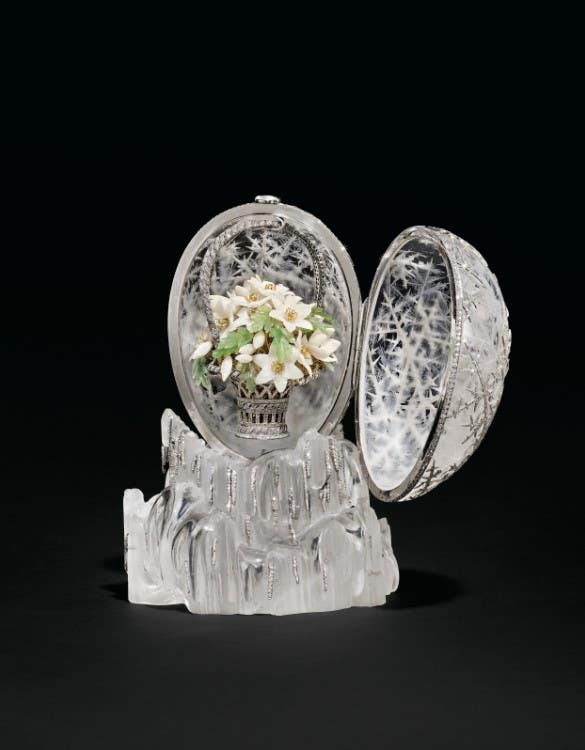Out of Lake Michigan and Across the Pond: Shipwreck Victim’s Watch Returned to UK
Watches from famous shipwrecks can sell to collectors for high prices, but sometimes, they’re worth the most when they return to the owner’s home.
The wreck of the steamship Lady Elgin in Lake Michigan in 1860 is one of the most tragic disasters in Great Lakes history. Traveling across Lake Michigan on a return trip from Chicago to Milwaukee, the steamship collided with the lumber schooner Augusta in the early morning of September 8. There was minor damage to the Augusta, but the Lady Elgin broke in two and sank to the bottom of the lake. Of the estimated 400 passengers on board, there were fewer than 100 survivors.
Drawing comparisons to the Titanic, the wreck of the Lady Elgin became a legend. The remains were not discovered until 1989, when private salvor Harry Zych found them. After a lengthy legal battle, Zych established himself as the owner of the shipwreck, making it the only privately owned wreck in the Great Lakes. The federal Abandoned Shipwreck Act, passed in 1989, made shipwrecks in state waters public property.
Years after discovering the wreck, Zych revealed that he had found a trunk of coins worth about $100,000 today. But other divers found treasures from the Lady Elgin that carry more historical and sentimental meaning, regardless of their monetary value. Recently, Great Lakes historian, underwater explorer, and shipwreck expert Valerie Van Heest was approached by divers who had found an unusual 16-karat gold pocket watch in the wreck.
Most passengers were Americans, including Wisconsin Union Guard soldiers, many of whom were from Milwaukee’s Irish communities; members of German militia units; and the Milwaukee City Band. However, one passenger was foreign: Herbert Ingram, a journalist and politician from the United Kingdom. The watch was made by an English company, the John Bennet Company, and the fob had a wax seal with the initials “H.I.” carved into stone. Van Heest was able to confirm that it belonged to Ingram.
Coincidentally, the Boston Guildhall Museum in Ingram’s hometown of Boston, Lincolnshire, England, was preparing an exhibit about him. Van Heest purchased the watch and donated it to the town. In May, she was invited to Boston for an event commemorating Ingram’s legacy, where she delivered a talk about the watch, followed by a book signing.
Van Heest has written extensively about Great Lakes shipwrecks and designed many museum exhibits. However, according to the Boston Borough Council, the return of Ingram’s watch was “truly the most significant historical endeavor that I’ve been involved in.”
You may also like:








